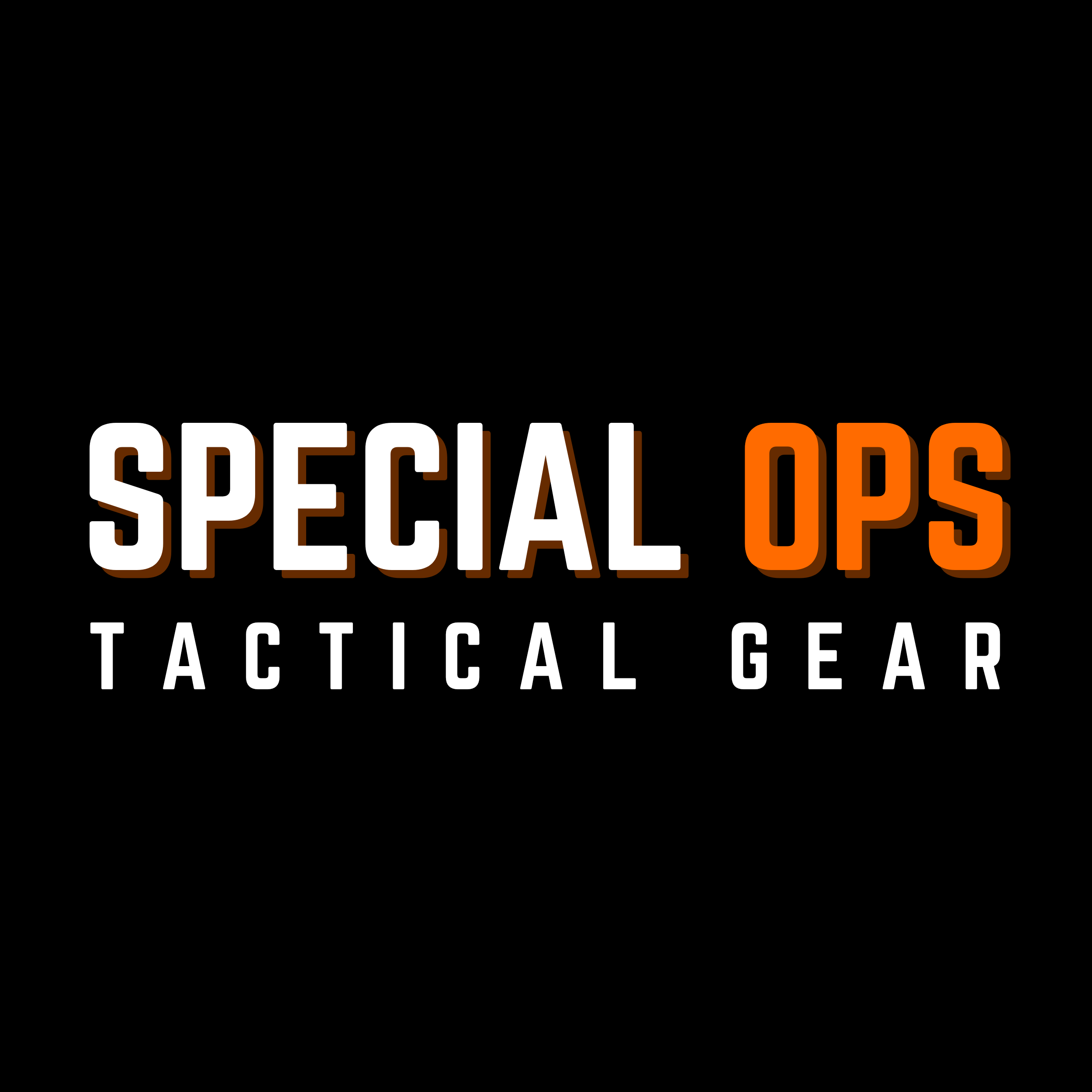Understanding the Essentials of Military-Grade Equipment
- Tactical Gear India

- Jun 3
- 4 min read
Military-grade equipment is often associated with high performance, durability, and advanced features. This type of gear is not only designed for military use but also appeals to outdoor enthusiasts, survivalists, and security professionals. In this blog post, we will delve deep into what military-grade equipment entails and why it’s essential for various applications.
What is Military Gear?
Military gear includes a wide range of equipment used by armed forces around the world. This gear can be divided into several categories, including clothing, weapons, communication devices, survival kits, and more. What sets military gear apart is its ability to endure harsh conditions and provide functionality in critical situations.
For example, tactical vests are designed to carry essential gear while allowing the wearer to move freely during missions. Similarly, tactical boots provide superior traction and durability, making them an excellent choice for rugged terrains.

In addition to clothing and footwear, communication devices like military-grade radios ensure that teams can maintain contact even in hostile environments. These tools are often built to withstand extreme weather conditions and are equipped with features such as encryption for secure communication.
The Importance of Military-Grade Equipment
One of the primary reasons military-grade equipment is essential is its reliability. When lives are at stake, having dependable gear can make a significant difference. For instance, consider the impact of a high-quality fire-resistant uniform made for soldiers deployed in combat zones. This gear not only protects the wearer but also enhances their confidence to carry out missions effectively.
Moreover, military-grade equipment undergoes rigorous testing to ensure it meets specific standards. For example, ballistic helmets must pass ballistic and impact tests to ensure they can withstand gunfire and blunt force trauma. The standards set by organizations like the National Institute of Justice (NIJ) guide manufacturers in developing equipment that can perform under pressure.
Key Features of Military-Grade Equipment
When evaluating military-grade equipment, several key features should be considered:
Durability: Military gear must withstand rough handling and challenging environments. Materials used are often chosen for their strength and longevity.
Functionality: Many items are multifunctional. For instance, a tactical knife can not only be used for cutting but also as a defense tool.
Mobility: Gear is designed to enhance movement rather than hinder it. Lightweight materials and ergonomic designs play a significant role here.
Weather Resistance: Equipment must perform well in various weather conditions, from heavy rain to scorching heat.
Adaptability: Many military gear items can be modified for different tasks, such as attaching additional pouches or accessories.

Applications of Military-Grade Equipment
While military-grade equipment is primarily designed for armed forces, it has found applications in several other fields:
Outdoor Activities: Hikers, campers, and survivalists benefit from military-grade gear such as backpacks, tents, and sleeping bags that are built to last.
Law Enforcement: Police and security personnel use tactical gear to ensure they are prepared for emergencies and high-risk situations.
Emergency Services: First responders often rely on safety gear that meets military-grade specifications to protect themselves while saving lives.
Statistically, the market for military-grade gear has been growing steadily. According to a report by MarketsandMarkets, the global tactical gear market is expected to reach USD 5.8 billion by 2023, fueled by increasing demand for advanced equipment in various sectors, including law enforcement and outdoor activities.
How to Choose Military-Grade Equipment
Choosing the right military-grade equipment can be overwhelming due to the vast array of options available. Here are some tips to guide your selection process:
Identify Your Needs: Determine what you will use the gear for. Are you preparing for outdoor adventures, or do you require tactical gear for professional use?
Research Brands: Look for reputable brands known for producing high-quality military-grade equipment. Reviews and testimonials can help guide your decision.
Test the Gear: If possible, test the gear before purchasing. Look for options that allow you to see how it feels during movement and whether it meets your expectations in terms of comfort and functionality.
Check Certifications: Ensure that the gear meets industry standards. For instance, if you’re looking for body armor, verify its NIJ rating to gauge its effectiveness against threats.
Consider Budget: While military-grade equipment tends to be more expensive, investing in quality gear is often worth it. Remember that with proper care, this equipment can last for years.

Maintenance and Care for Military-Grade Gear
Proper maintenance of military-grade equipment ensures it remains functional and extends its lifespan. Here are some care tips:
Cleaning: Follow the manufacturer’s cleaning instructions. Many tactical clothing items are machine washable, but others may require handwashing to avoid damage.
Storage: Store your equipment in a cool, dry place when not in use. Moisture can lead to mildew or rust in metal parts.
Regular Inspections: Check your gear regularly for signs of wear and tear. This is particularly important for equipment like body armor or tactical vests.
Avoid Modifications: Unless professionally advised, avoid modifying your gear. Changes can impact its effectiveness and safety.
Where to Find Quality Military-Grade Equipment
When it comes to sourcing military-grade equipment, there are various options available. Local military surplus stores often have a range of gear, but online retailers provide access to a wider selection. Websites specializing in tactical gear, such as tactical gear india, can provide comprehensive options for your specific needs.
Whether you are looking to gear up for wilderness adventures, or you are in a profession that requires tactical readiness, understanding the essentials of military-grade equipment will guide you in making informed decisions.
Embracing military-grade gear doesn’t only prepare you for potential emergencies; it empowers you with confidence and trust in your equipment. By investing in quality and understanding what features to look for, you will be well-equipped for both professional and personal endeavors.




Comments